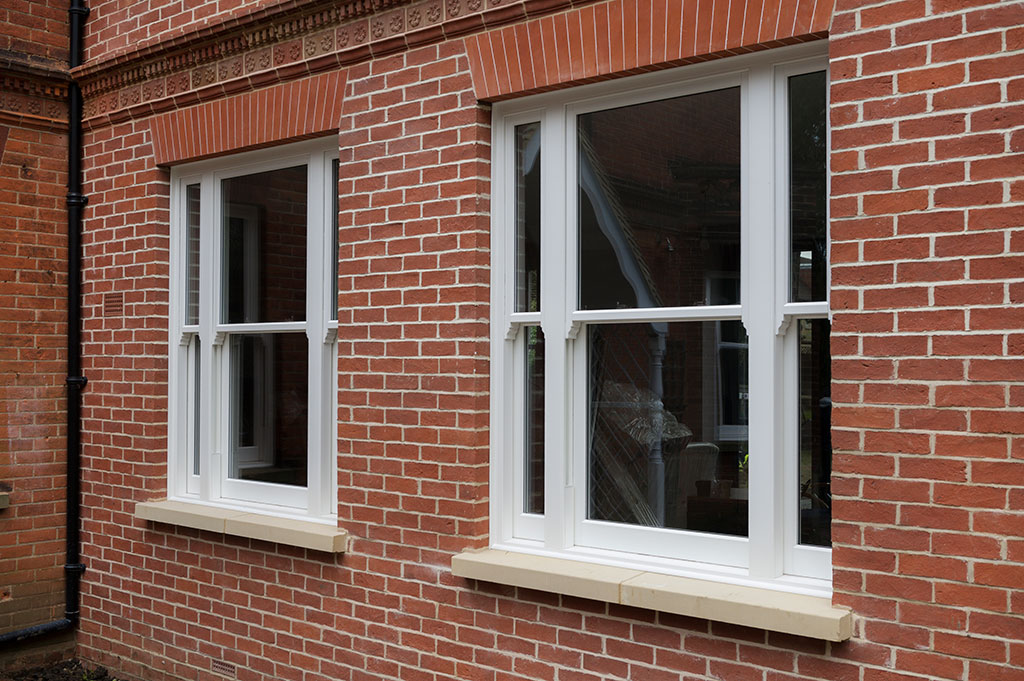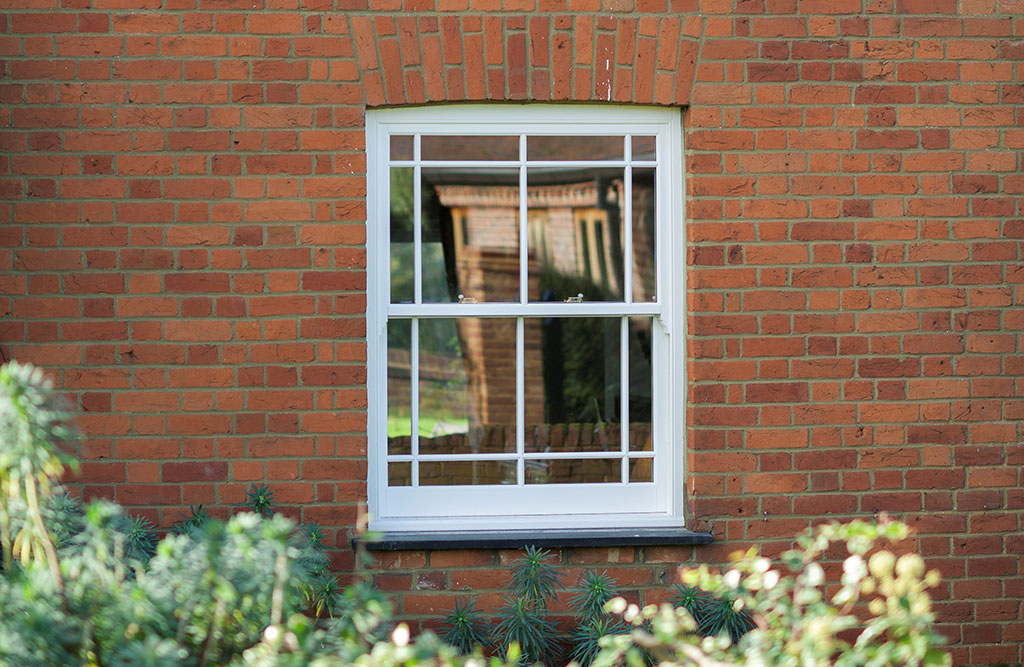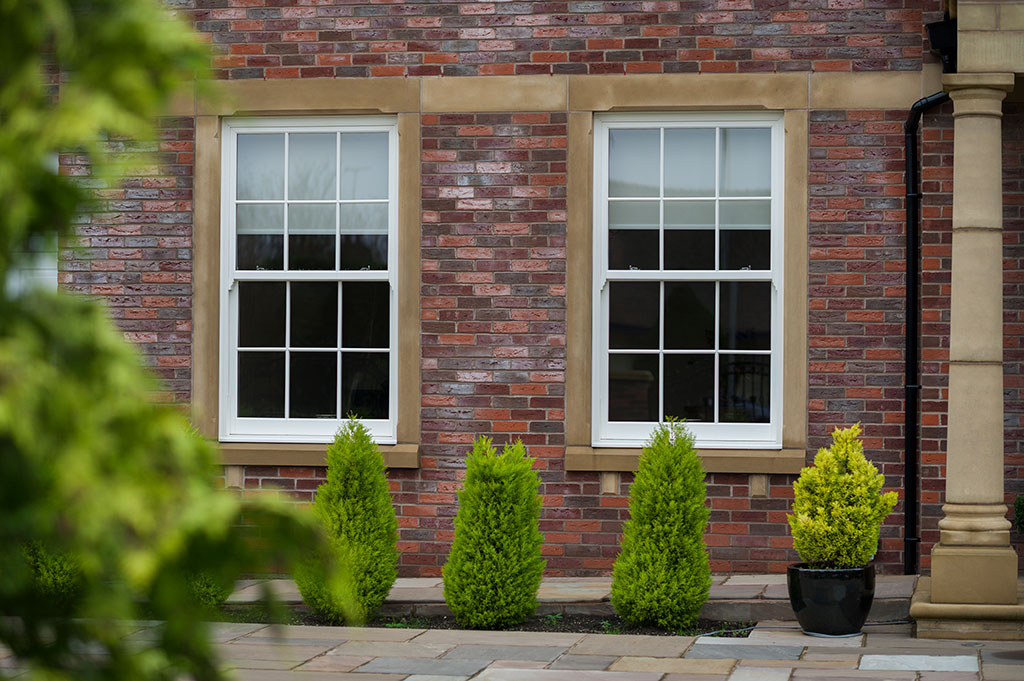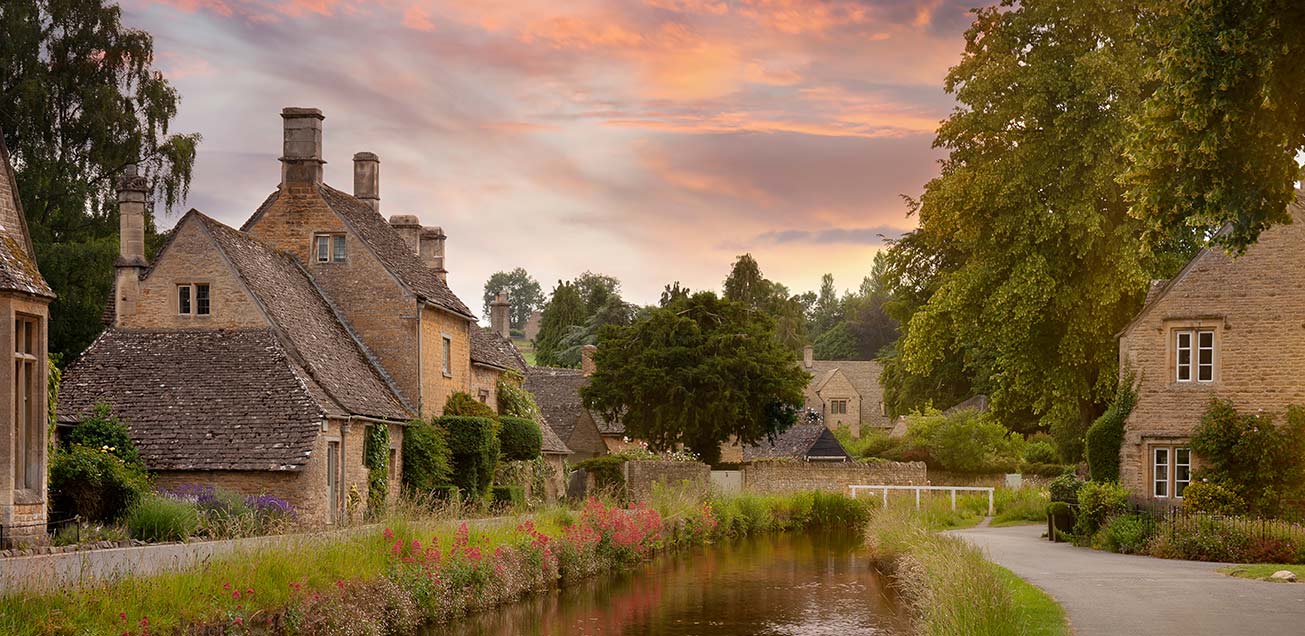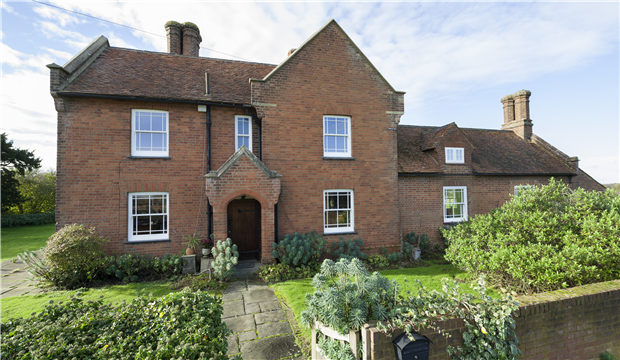
Category: Masterframe
HOUSE BUILDING AND ECOLOGY
Whenever a site is put forward for planning permission, the ecology will be assessed by the planning department. If it is found to be of any ecological value, then some conditions will be imposed on any further planning approval which will require the landowner to have the site professionally assessed. Depending on the outcome, further action would be required.
When assessing the site, the Planning Officer would look for matures trees, hedgerows, streams or ponds as well as nesting or roosting sites for bats and birds. If none of these are discovered then no further action will need to be taken as the site will be of a low ecological value.
Especially in rural areas, when carrying our restoration projects, care must be taken as there are many active pieces of legislation that specifically refer to animal species and habitats in the UK. There are three protected species that are frequently encountered in rural settings, badgers, bats and great crested newts.
Bats and great crested newts are rare and endangered and thus protected under both the Wildlife and Countryside Act and the Conservation (Natural Habitats) Regulations. It is therefore an offence to kill or capture bats and great crested newts or block access to, destroy or damage their resting places.
Badgers are not rare or endangered, so are not protected as above but do receive protection under the Protection of Badgers Act because of their history of persecution. It is therefore illegal to deliberately kill, injure or catch a badger or even to attempt this.
The best way to prevent experiencing unexpected and resultant delays in getting your project underway is to get the site assessed early by a professional ecologist. The ecologist will identify any potential issues with wildlife.
This early assessment will allow time for planning of surveys at the outset instead of enduring a major setback later on. Most species have seasonal guidelines in line with aspects of their behaviour such as summer or hibernation roosts in bats and breeding activity in ponds for newts.
In the event that protected species are confirmed on site and therefore likely to affect the works, a Natural England Development licence will be required prior to commencement of the works. To get the development licence, survey reports and mitigation plans are required.
Firstly, the aim of the strategy should be to minimise any harm to wildlife during the works. This might entail capture and removal or exclusion from a resting place or surrounding habitat. Secondly the project should not cause any detrimental effect on the wildlife’s local population. This is achieved by creating alternative resting places to ensure that the populations are not isolated or providing compensatory habitat by taking mitigation measures.
Most of the time the action that is needed is fairly minor with the survey costing more than the solution and most sites can successfully integrate wildlife quite easily. Owls can be encouraged into nest boxes, bats roosts can be provided with some modifications, newts just really need access to a pond and badgers setts can be closed temporarily whilst any heavy machinery is been used.
Overall, what is important especially in the case of rural sites is that a professional ecological assessment becomes part of the project plan.
When considering a rural restoration, the Bygone Sash Window Collection can offer the perfect low maintenance alternative to original timber windows and will blend seamlessly into the natural environment. Download our brochure for further information here.
-crop-v1.jpg)

